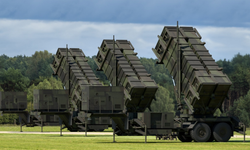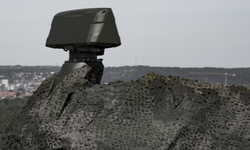NASA’s Spectro-Photometer for the History of the Universe, Epoch of Reionization, and Ices Explorer (SPHEREx) Observatory has successfully launched from Vandenberg Space Force Base in California aboard a SpaceX Falcon 9 rocket. The launch also carried NASA’s Polarimeter to Unify the Corona and Heliosphere (PUNCH) mission.
BAE Systems provided the spacecraft bus and telescope for SPHEREx, leading observatory integration and environmental testing. The mission is equipped with the company’s RAD750 single-board computer, which controls the spacecraft and transmits data.
Over its planned two-year mission, SPHEREx will conduct four all-sky spectral surveys, mapping the distribution of over 450 million galaxies in 102 infrared colors. The mission aims to study cosmic inflation, galaxy formation, and the abundance of life-sustaining molecules like water, carbon dioxide, and ammonia.
Bonnie Patterson, Deputy Vice President and General Manager of Civil Space for BAE Systems Space & Mission Systems, stated, “The launch of SPHEREx is a remarkable achievement. This observatory will help us look back in time to answer significant questions about how the universe formed and the phenomena that continue to evolve it today. We are proud to be part of the team that made this mission possible.”
SPHEREx will also support future observations by the James Webb Space Telescope and other observatories. BAE Systems contributed to launch operations and will continue to assist with spacecraft commissioning. NASA’s Jet Propulsion Laboratory and the California Institute of Technology (Caltech) developed the primary imaging payload, with Caltech’s Dr. Jamie Bock serving as principal investigator.
BAE Systems has a long history of supporting NASA’s astrophysics missions, including the Hubble Space Telescope, Chandra X-ray Observatory, James Webb Space Telescope, and the Nancy Grace Roman Space Telescope. The company is also developing technologies for NASA’s future Habitable Worlds Observatory.










